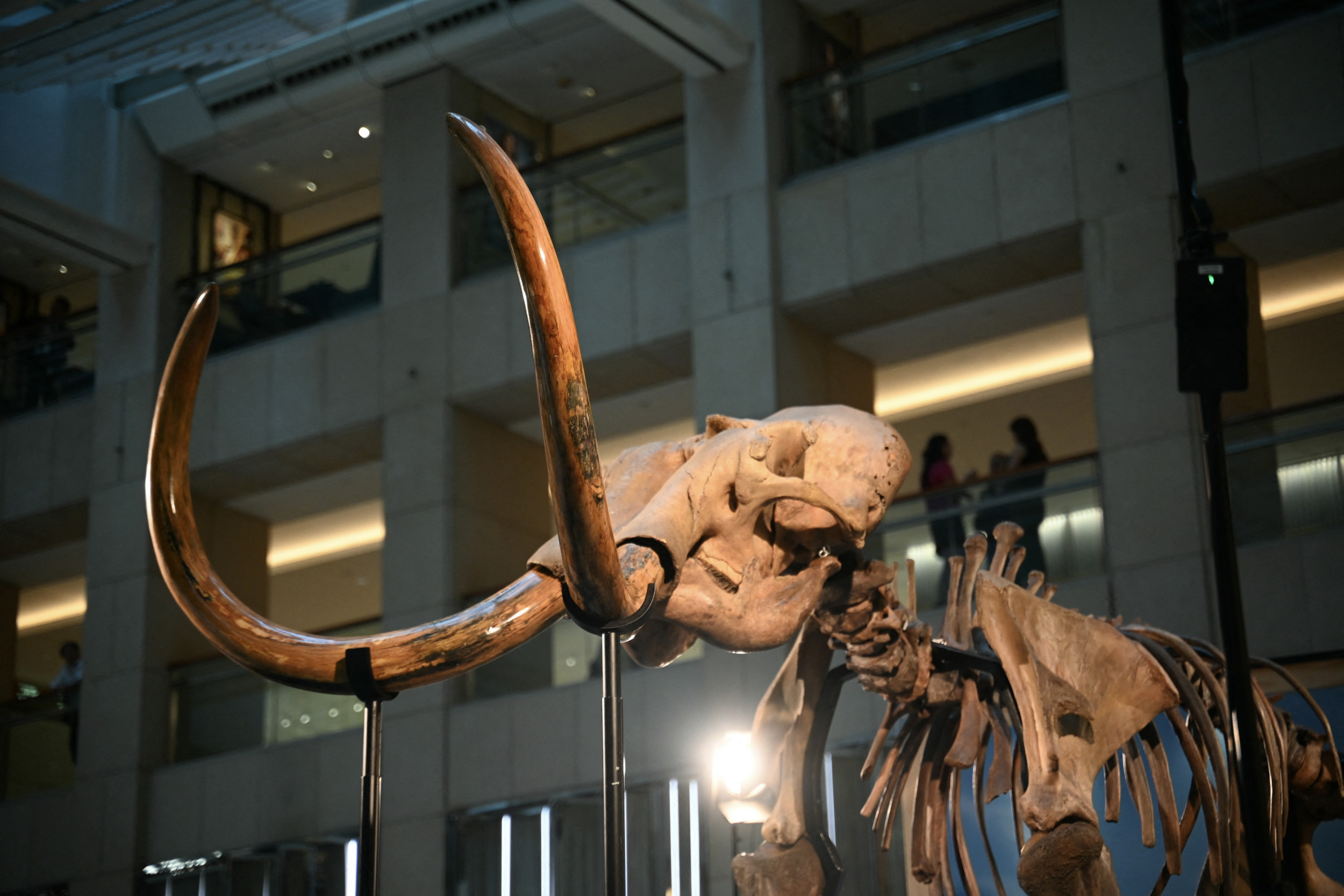
Elon Musk has urged scientists to create a woolly mammoth small enough to keep as a pet.
The remark came in response to Colossal Biosciences’ announcement that it had genetically engineered three pups to resemble the long-extinct dire wolf, marking a milestone in efforts to reverse extinction.
The Context
The dire wolf was last seen in North America over 10,000 years ago. However, it has been announced that three pups born from edited gray wolf DNA and delivered by domestic dog surrogates are residing at a secure facility in the United States.
Colossal scientists created the animals by using ancient DNA, cloning and gene-editing technology to alter the genes of a gray wolf. The editing of 14 genes associated with dire wolf traits achieved animals with “pronounced muzzles, pale coats, and powerful musculature.”
These animals, though not genetic replicas, exhibit physical and possibly behavioral characteristics of their ancient predecessors. The wolves have broader heads, more powerful jaws and shoulders, and a white coat consistent with pigmentation genes discovered in fossil DNA.
Getty Images
What To Know
Reacting to the news, which featured on the cover of Time magazine, Musk said on his social media platform X, formerly Twitter: “Please make a miniature pet wooly mammoth.”
Musk’s request may not be entirely fanciful. Colossal’s researchers have already sequenced much of the woolly mammoth genome and are working with Asian elephant DNA to recreate cold-tolerant traits.
In a CNBC interview, geneticist George Church said reviving the mammoth could “bring Siberia back to what, from a human standpoint at least, was a healthier ecosystem.”
In January 2025, Colossal announced the successful creation of a so-called “woolly mouse,” a rodent engineered with mammoth genes to survive cold climates.
The company plans to focus on reviving other “charismatic megafauna.” Other candidates include dodos and thylacines, a kind of striped wolf also known as Tasmanian tigers.
What People Are Saying
Beth Shapiro, Colossal’s chief science officer, told TIME: “If we want a future that is both bionumerous and filled with people, we should be giving ourselves the opportunity to see what our big brains can do to reverse some of the bad things that we’ve done to the world already.”
Colossal CEO Ben Lamm told The New Yorker: “I think people are, like, ‘Wow, we can do big, crazy things and there is a chance that we get a return on them.'”
What Happens Next
Colossal is continuing to attempt the revival of extinct species, though the company has said that it does not have any plans to rewild them permanently yet.
